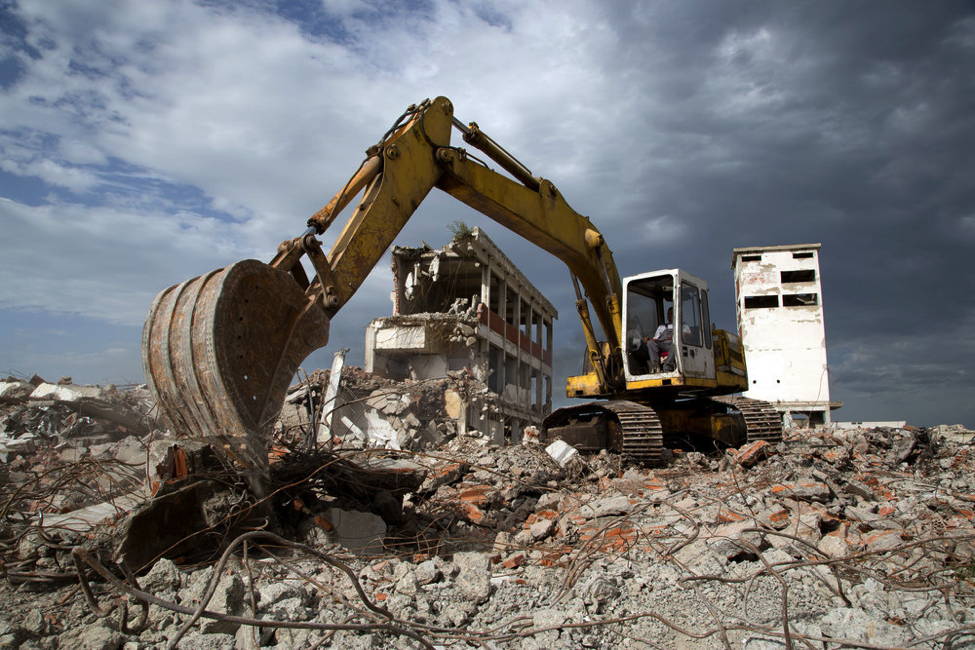From Blueprint to Reality: A Comprehensive Guide to the Home Construction Process
Building your dream home is an exciting adventure, but it can quickly become overwhelming without the right guidance!
From the initial spark of inspiration to the completion of your new residence, understanding each phase of the construction process helps minimize surprises and maximize satisfaction. Whether you’re a first-time home builder or a seasoned property developer, having a roadmap empowers you to make confident, informed decisions at every stage. Early engagement with trusted professionals, such as a reputable restoration service, can also make a significant difference, ensuring that every step, from planning to final touches, adheres to the highest safety and quality standards.
One of the keys to a stress-free construction journey is clear communication with builders, designers, and inspectors. By adopting an organized approach and setting realistic expectations, you can avoid costly delays and minimize future maintenance headaches. Proper planning covers everything from selecting materials to complying with local codes, and helps avoid revision cycles once construction is underway. Because building a home is an investment of time and resources, investing effort upfront will pay off in the lasting comfort and functionality of your finished home.
Meticulous design, risk mitigation, and modern technologies are rapidly transforming the construction industry. Tools like Building Information Modeling (BIM) and 3D floor plans not only enhance accuracy but also provide immersive previews before work begins, helping homebuyers identify issues early and refine design details more effectively. In a demanding housing market, being able to visualize layouts and finishes before breaking ground can make the difference between a satisfactory and an exceptional result.
Initial Planning and Design
The cornerstone of a successful home build is careful planning. Working with architects and professional designers, you’ll define your needs, lifestyle preferences, and long-term goals for the property. At this stage, budgeting is critical—ensuring your choices align with both your vision and finances. Permitting is another foundational step, as obtaining the necessary approvals upfront prevents legal hurdles and costly redesigns later. If your plans include complex renovations or mitigating previous damage, coordinating with a restoration service ensures that underlying issues are addressed from the outset.
- List your must-haves and nice-to-haves to prioritize features
- Engage building professionals for zoning, code compliance, and design expertise
- Consider sustainable and energy-efficient materials early in design
Site Preparation and Foundation
Once your plans are finalized, construction begins by preparing the land—removing debris, leveling the site, and setting up utilities. The foundation, whether slab-on-grade, crawl space, or basement, underpins everything that follows. Soil type, climate, and local regulations play a significant role in selecting the best foundation, and collaborating with experienced contractors ensures that subsidence and drainage issues are avoided in the future.
Framing and Structural Work
With the groundwork in place, framing raises the skeleton of the house. During this pivotal phase, builders construct load-bearing walls, floor joists, and roofing structures, transforming blueprints into a three-dimensional reality. Precision at this juncture is vital, as errors can impact the fit of doors and windows and even compromise the home’s structural integrity. Periodic inspections and high-quality materials help ensure everything is level, secure, and built to last.
Roofing and Exterior Finishes
Roof installation follows, quickly enclosing the space and protecting the structure from the elements. The choice of roofing material—whether shingles, tiles, metal, or synthetic—significantly affects both appearance and durability. Exterior finishes, such as brick, stucco, or siding, are then installed to insulate and enhance the curb appeal. Selecting finishes that balance beauty with low maintenance protects your investment for years to come.
Plumbing, Electrical, and HVAC Systems
Once the home is watertight, technicians begin installing essential systems. Plumbing lines for water and waste, electrical wiring for lighting and power, and HVAC ductwork for climate control are meticulously routed. Professional installation and code compliance prevent safety risks and future repairs. Smart home features, such as programmable thermostats or tankless water heaters, can also be integrated at this stage for added comfort and efficiency.
Interior Finishes
This phase personalizes the living space. Insulation and drywall create comfortable, energy-efficient interiors. Painting, wallpaper, millwork, and cabinetry introduce color and function, while flooring options—from hardwood to tile or carpet—complete the look. Attention to craftsmanship here determines the final feel and value of your home, so don’t rush the details.
- Choose finishes that reflect your taste but are also durable and easy to care for
- Collaborate with interior designers for cohesive color palettes
- Double-check measurements for custom fixtures and cabinetry
Final Inspections and Walkthrough
Before you move in, mandatory inspections ensure your new home meets local building and safety codes. A comprehensive walkthrough with your builder allows you to spot minor defects, ensure systems are operational, and sign off on the quality of each part of the build. Address any necessary touch-ups promptly to prevent issues after occupancy.
Embracing Technological Advancements
Contemporary home construction utilizes cutting-edge tools, including 3D floor plans and virtual reality walk-throughs. These technologies replace guesswork with immersive previews, enabling you to tweak designs and catch discrepancies before construction. Augmented reality helps translate 2D blueprints into onsite planning, reducing costly miscommunication. According to Architectural Digest, these innovations have revolutionized both the builder and buyer experience, providing transparency and enhanced satisfaction. Staying informed about digital advancements leads to smarter decisions and a smoother, more efficient build process.
Final Thoughts
From initial concept and budgeting to final walkthrough and technological innovations, understanding the home building process lets you approach your project with clarity and confidence. By collaborating with skilled professionals, leveraging new technologies, and prioritizing meticulous planning, you can successfully turn your home from blueprint to reality—and enjoy the space for decades to come.








